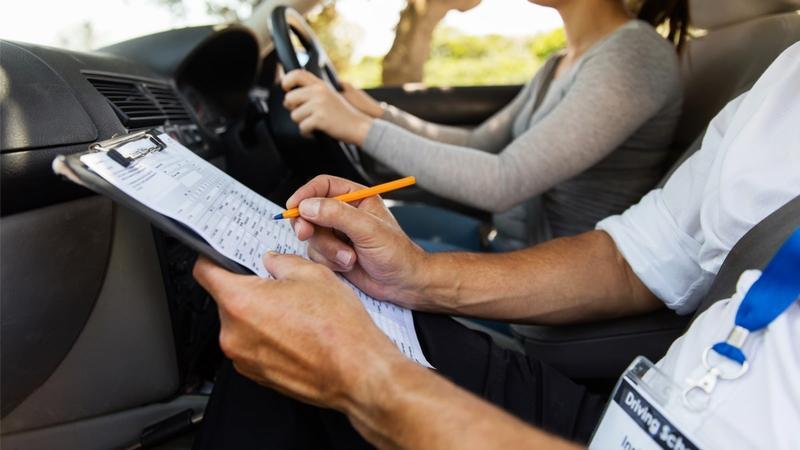For many young Canadians, getting behind the wheel for the first time is a rite of passage, a milestone on the highway to adulthood. But the excitement of independence often overshadows the sobering fact that each year thousands of drivers are injured or killed in car accidents.
The key to preventing tragic traffic fatalities is instilling a skill set of safe driving practices in young drivers. That’s why insurance companies often offer lower car insurance rates to young drivers who have taken a driver’s training course. While driving school lessons in Ontario cost on average around $600, the insurance savings can be well worth the cost. Investing in driver’s training pays off – lowering the insurance premiums of young drivers and helping them develop confidence surrounding the rules (both written and unwritten) of the road.
Here are five tips for getting the most out of driver’s training:
1. Find the right driving school
If you’re a new driver there could be dozens of available schools for you to choose from, but not all are accredited. To tap into available insurance discounts, you’ll want to find a school that’s approved by your province’s Ministry of Transportation (MTO). For example, Ontario offers a comprehensive list of government-approved driving schools that can help you narrow down your choice.
2. Meet with the instructors
You’re going to be spending a fair bit of time in class and behind the wheel, so you’ll want to make sure the people teaching you the essentials of driving fit your personality. There are a lot of accredited driving schools out there, so if you’re not fussy on the instructor(s), look elsewhere for someone you feel you can learn from best. Meet with both the in-class and the behind-the-wheel instructors to ensure a well-rounded learning experience.
3. Less is more
Find out what the student-to-in-class-instructor ratio is; the fewer the students, the better. In Ontario, for example, the maximum ratio is 40 students to one instructor, but a 24:1 ratio would be ideal. The fewer students in your class, the less divided your teacher’s attention will be and the better chance you’ll be successful.
4. Solicit feedback on driving lessons
At the end of the lesson, chat with your instructor and get a full overview of what you’re doing well and what you could improve on. Make mental notes. If there’s something you aren’t comfortable with yet, like parallel parking or highway driving, let your trainer know so they can coach you through it.
Remember, everyone starts at the same point, so there’s nothing embarrassing about taking your time to build up to advanced driving techniques. Learn at your own pace and get feedback to track your progress.
5. Practice makes perfect
As with anything, practice, and confidence (and skills) will follow. Stay calm while behind the wheel and try to get in extra time with a parent, relative, or other qualified driver — even if it’s just to practise the tough stuff or specific skills, like three-point turns.
When you’re a passenger, watch other drivers and try to pick up any good habits they’ve developed (while learning from the bad). The lessons lay the framework, but it’s up to you to take the initiative to ensure you’re driving safely.
